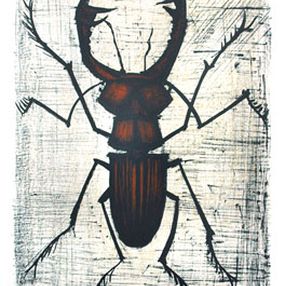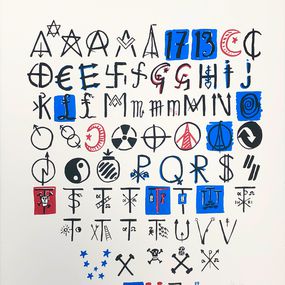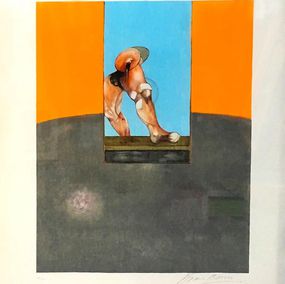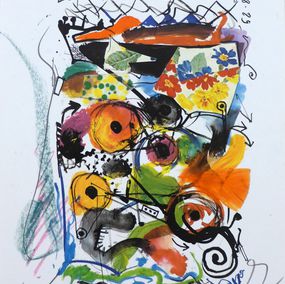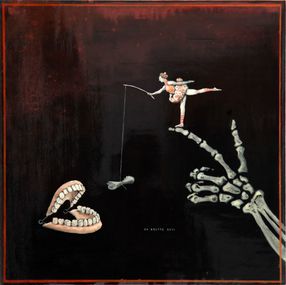
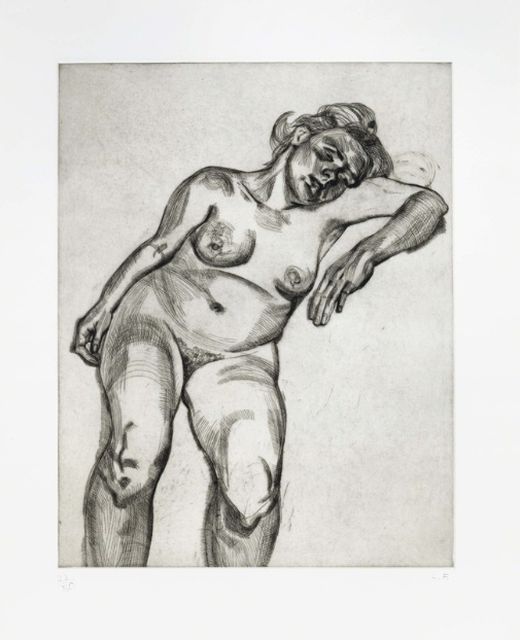
I want painting to work first, and the object to come second.
Biography
Lucian Freud is a British painter and printmaker born in Germany in Berlin in 1922 and died in London in 2011.
A figurative painter, he is characterized by a realistic, lively and acerbic style, mixing sarcasm and caricature. Lucian Freud is the grandson of Sigmund Freud, the father of psychoanalysis. Born in Berlin, he was soon forced to move with his family to London in order to escape anti-Semitism. He studied on the British continent, joining the Central School of Arts and Crafts in London in 1938. A year later, Lucian Freud changed establishment and became a pupil of Cédric Morris at the East Anglian School of Painting and Drawing in Dedham. After working for a time in the merchant navy, Lucian Freud resumed his university studies and studied at Goldsmith's College in London.
At the end of his schooling, he embarked on illustration and painting. His style was then highly influenced by surrealism. He envelops his paintings in an atypical, intriguing and personal atmosphere. Man, animals, plants ... It is the living world that Freud represents. During a trip to Paris he meets Picasso and Giacometti, with whom he will forge solid ties.
Lovers of love, Lucien Freud divorces and remarries several times, giving birth to no less than fifteen children.
In the 1960s, Lucian Freud established his popularity with a categorical, brutal and incisive style. He produced many portraits, including those of his friends Frank Auerbach, Francis Bacon, Kossoff and Andrews. The painter works on the structure of his painting by means of the thickness of the materials. Lucian Freud deliberately weighs down the characters, using an impressive amount of pigments. The gray, brown, and white tones give his paintings a cold, almost morbid charm. In 2001, he caused a scandal with a portrait of Queen Elizabeth II. On the occasion of his golden jubilee, he sees himself in charge of painting the queen, and for this uses the same light tones which he is fond of. The features of the royal figure are thick and caricature, accentuating his stoic and weary air.
Lucian Freud also works large nudes, and animal representations. The figures, once again, are exaggerated and caricatured, making his style highly recognizable.
In 1987-1988, Lucian Freud organized his first major traveling exhibition. He travels through Europe and the United States, going from Paris to Washington, from London to Berlin. In 2002 he exhibited at the School of London and at Tate Britain. He then went to Spain to present his work to the Caixa Barcelona foundation, then to the United States in Los Angeles at the Museum of Contemporary Art. A retrospective of his work was organized in Venice in 2005. In the 2000s, proud of his international success, Lucian Freud exhibited in the largest museums in Europe, notably in Paris at the Center Georges-Pompidou.






